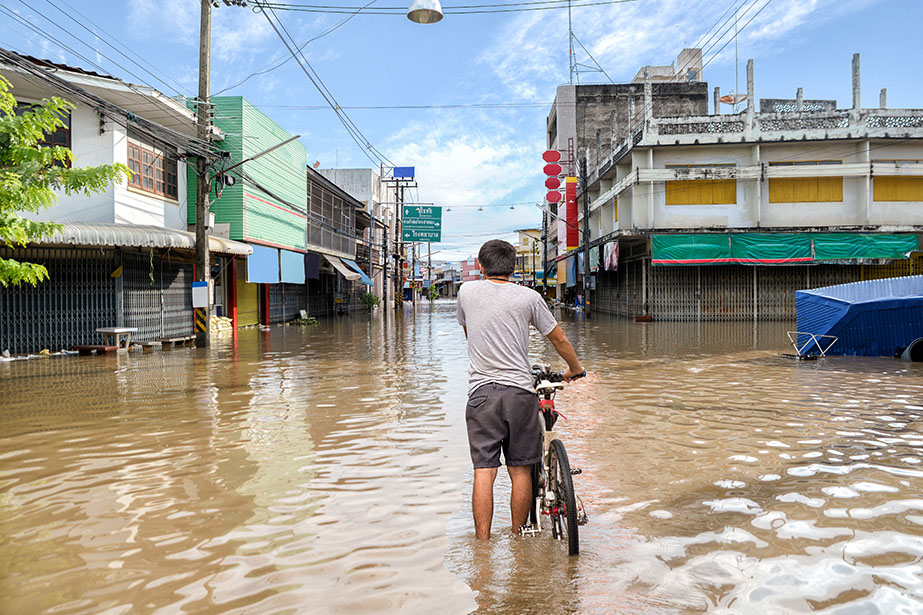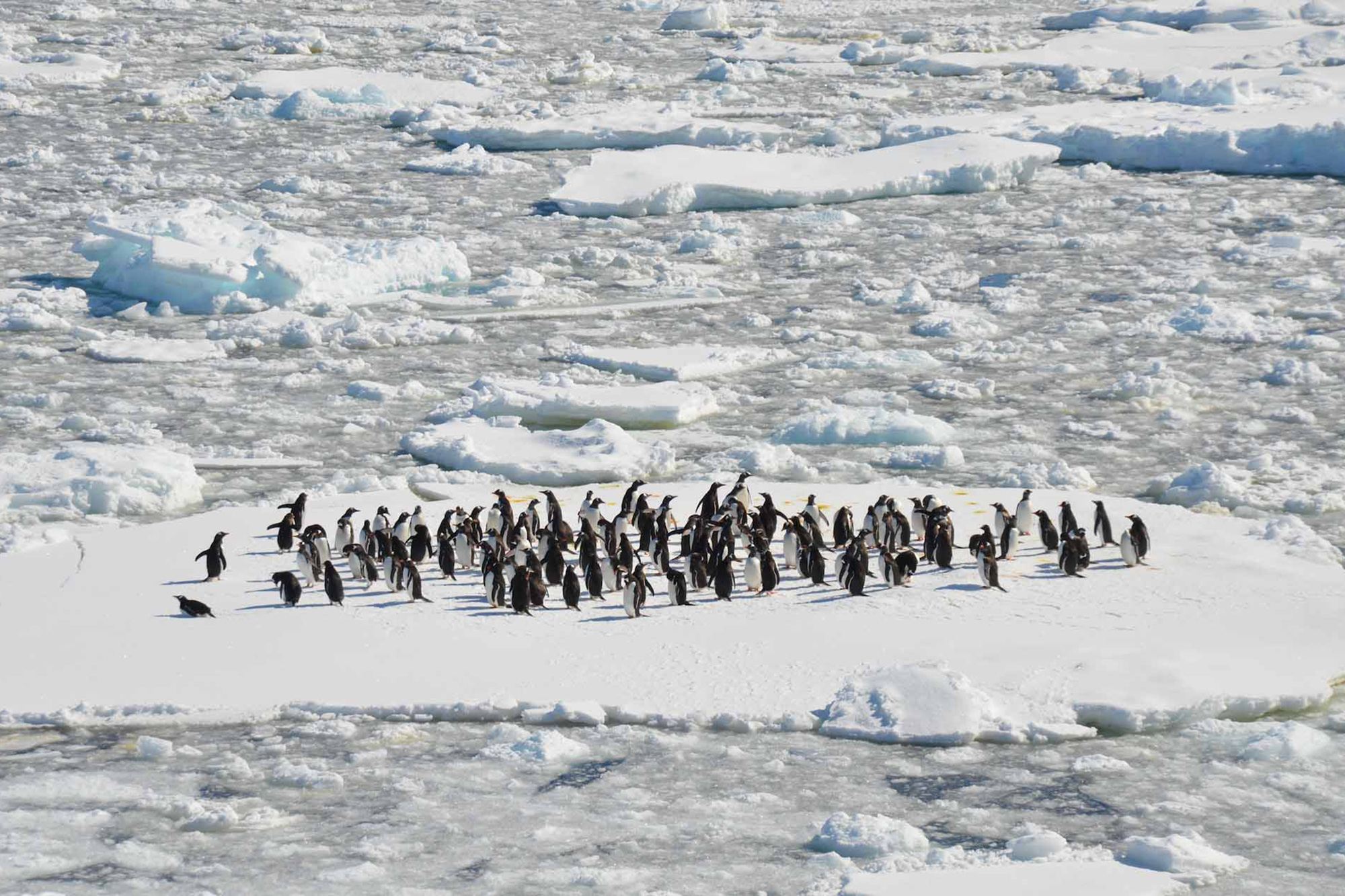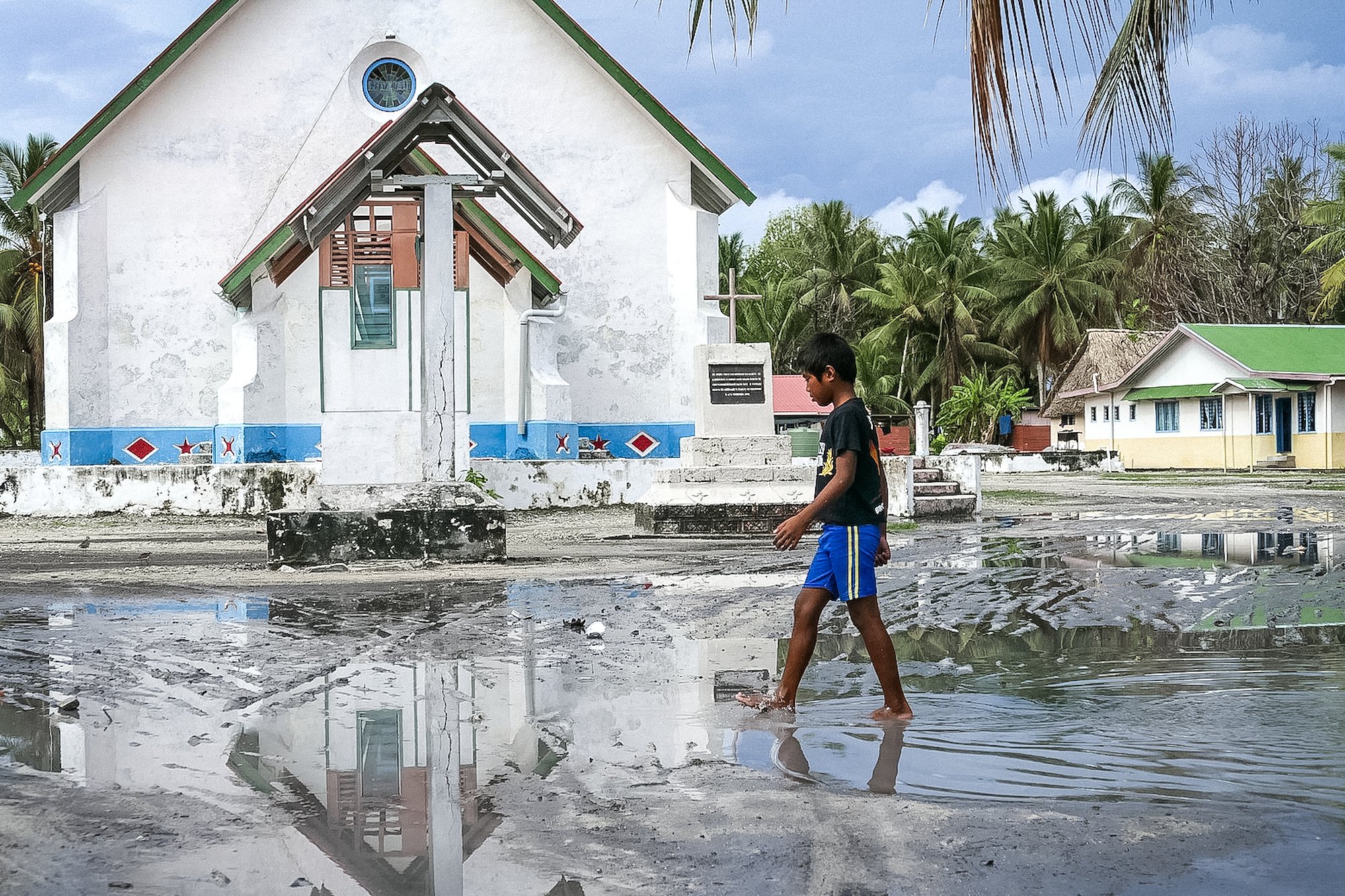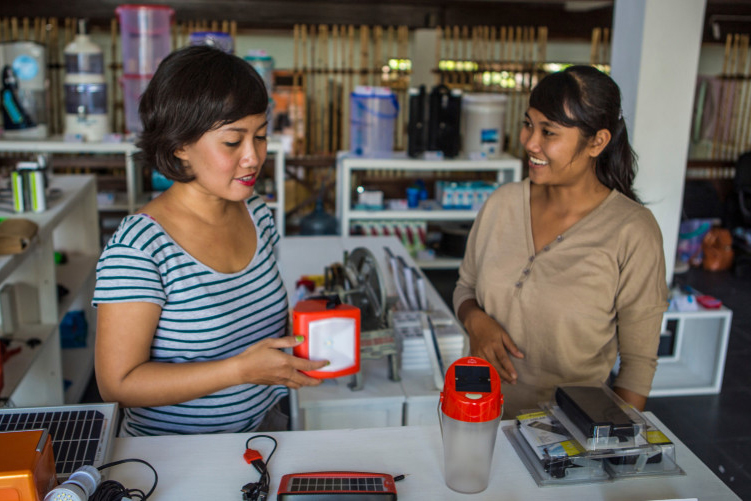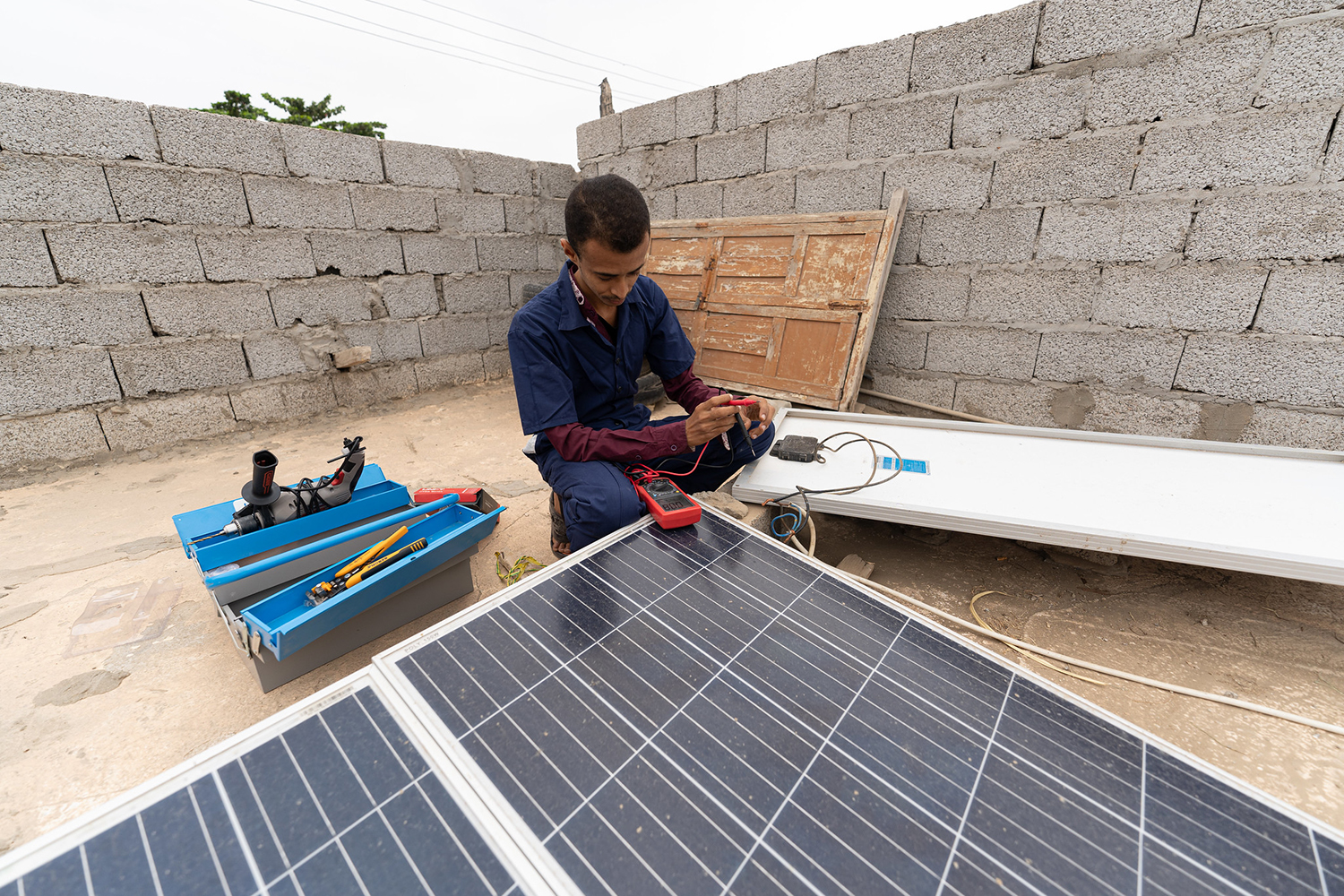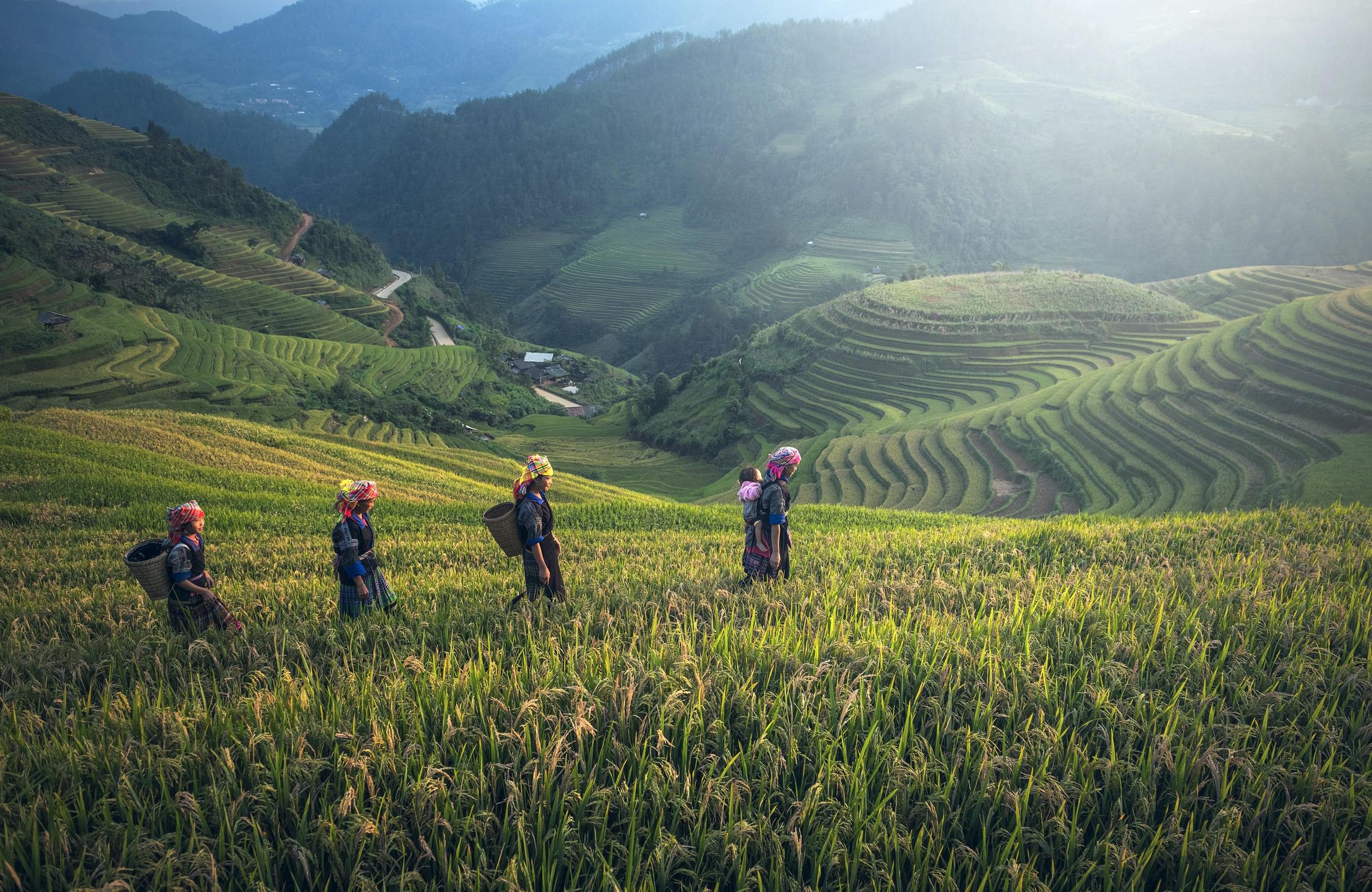Climate change has caused an increase in uncertainty about our future. The unprecedented mobilization of young people worldwide shows their immense power to hold decision-makers accountable. Their message is clear: the older generation has failed, and the young will pay in full — with their very futures. A Global Conference of Youth (GCOY) is taking place ahead of COP28 in Dubai and provides a space for capacity building and policy training. GCOY also brings together all collected inputs, which will be directly fed into the climate negotiations via the official youth policy paper.
The link between humans and the environment must be preserved, for the benefit of safeguarding our planet for present and future generations to come.
As greenhouse gas emissions hit new highs, temperature records tumble and climate impacts intensify, UNEP's Report finds that the world is heading for a temperature rise far above the Paris Agreement goals.
The Secretary-General is traveling to Antarctica to witness the impact of the climate crisis firsthand. “Scorching temperatures mean Antarctic ice is melting ever-faster, with deadly consequences for people around the world,” said António Guterres. He’ll take his experiences to the UN climate change conference COP28 (30 November-12 December) where the world will take stock of progress on the Paris Agreement. Present trends are racing our planet down a dead-end three-degree temperature rise, but we know it is still possible to make the 1.5-degree limit a reality with climate action.
A new report by UNCTAD highlights the urgency of crisis-resilient development finance for Least Developed Countries (LDCs).
WMO warns that the ongoing El Niño event is expected to last at least until April 2024, influencing weather patterns and contributing to a further spike in temperatures, both on land and in the ocean.
The Quinault, a Native tribal community in Washington State, has been forced to relocate their coastal village to higher ground as high tides threaten to wash away the land they’ve inhabited for thousands of years. As weather systems spin out of control across the globe, we take a closer loo
Storm Daniel hit Libya on 10 September 2023, causing floods that killed over 4,300 people with twice as many still unaccounted for. Over 43,000 people have been displaced and are in urgent need of food, clean water, shelter, healthcare, and financial support. The floodwaters have also exposed landmines and unexploded ordnance, posing a threat of disease. UNDP is working with local authorities in Benghazi to accelerate the rebuilding process and offer an environmentally sustainable recovery that engages Libyans and provides livelihood opportunities.
As climate change feeds increasingly frequent hurricanes in the Caribbean, UNEP has implemented a revolving loans programme. This will facilitate low-interest loans to Antigua and Barbuda residents for hurricane-proofing their homes.
In 1987 Cyclone Uma, resulted in a spike of malaria incidence due to damage to health facilities, and increase in the number of mosquito breeding sites. In 2015, Cyclone Pam found Vanuatu prepared, having learnt from its previous experience, and no increase in malaria outbreaks were detected. In March of 2023, Vanuatu was hit by twin Tropical Cyclones Judy and Kevin within 48 hours of one another and the damage was extensive, creating a serious burden on the country’s resources. UNDP and partners are undertaking a four-country project to enhance the capacity of national and local health system institutions, personnel, and local communities to manage health risks induced by climate variability and change.
Applications for the Awards will be accepted until 15 October 2023. They will recognize climate action led by young people that is achieving real and tangible results.
Now must be the time for ambition and action
On 20 September, United Nations Secretary-General António Guterres is convening a Climate Ambition Summit, asking governments, businesses, finance, local authorities, and civil society to present credible, bold, new, and ambitious steps that will accelerate climate action and respond to the urgency of the climate crisis. “The world is watching – and the planet can’t wait,” the UN Chief said. Watch the event live or on-demand on UN Web TV.
Green jobs can help tackle the climate crisis and the labour market challenges faced by young people. So what exactly are green jobs? And what can young people do to create a sustainable future for themselves?
To answer these questions, on The Future of Work Podcast, Maja Markus holds a discussion with two young people from a trade union and an employers' organization, as well as a Junior Professional Officer working at the Green Jobs unit of the International Labour Organization (ILO).
As we approach the halfway mark of the 2030 Agenda, the science is clear: the Planet is far off track from meeting its climate goals, and immediate and unprecedented reductions in greenhouse gas emissions are needed, says the United in Science Report 2023. Launched ahead of the SDG Summit and Climate Ambition Summit at the United Nations General Assembly, the multi-agency report systematically assesses the impact of climate change and extreme weather events on the Agenda's goals.
By the time many of the teenage climate activists of today are in their late 20s, climate change could force an additional 100 million people into extreme poverty [World Bank]. By 2050, the risk of hunger and malnutrition could rise by 20 percent if the global community fails to act now [WFP]. This year’s theme for the International Day of Democracy, “Empowering the next generation,” focuses on young people’s essential role in advancing democracy and ensuring that their voices are included in the decisions that have a profound impact on their world.


